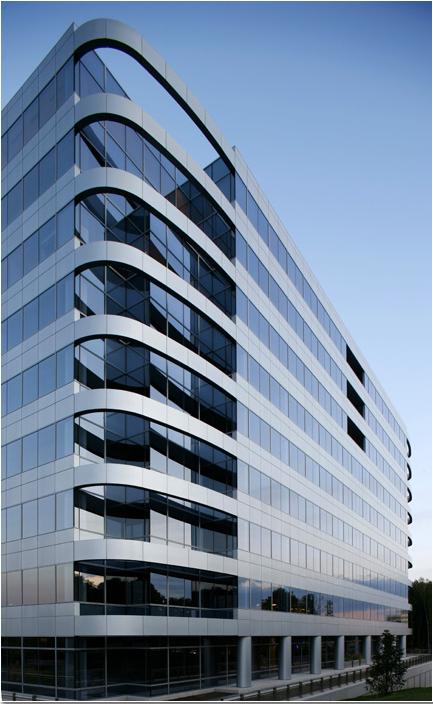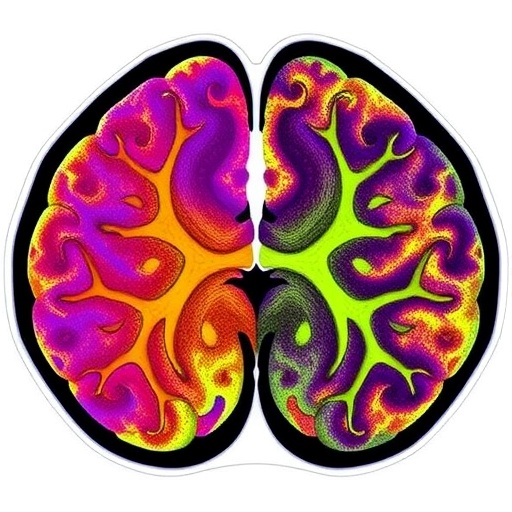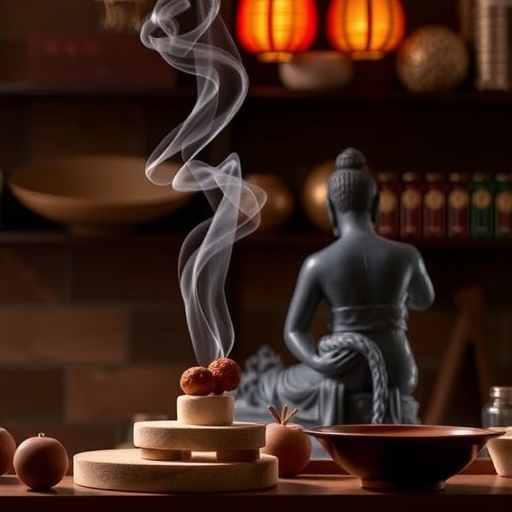New study published in Creativity Research Journal shows Maharishi Vastu architecture increased workplace creativity

Credit: Ron Blunt
A ground-breaking study published in the September issue of the scholarly Creativity Research Journal found increased creativity in employees who worked in a building designed according to Maharishi Vastu® architecture. In this first study of its kind, employees of an architecture and engineering firm, based in a major metropolitan city in the Eastern United States, moved into a Maharishi Vastu office building and scored higher on the standardized Torrance Tests of Creative Thinking (TTCT) compared to their score four months earlier in their previous location. In particular, they generated 50-80% more original ideas. The study found that there was less than a 1% possibility that the result was due to chance.
“This research experimentally demonstrated that moving from a conventional architecture building into a Vastu building led to large measurable improvements in employee creativity, in particular in the originality of the ideas generated and their open-ended and detailed elaboration,” said Professor Anil Maheshwari of Maharishi University of Management, the first author of this study. “I think every organization, big and small, could benefit from this.”
The study was conducted by Maharishi University of Management with participation from The Tower Companies and NIKA in Rockville, Maryland, a city located just outside of Washington, D.C. 2000 Tower Oaks is a Maharishi Vastu building developed by The Tower Companies in 2008 and was recognized as the largest application of Vedic design in the world. NIKA moved into the building as a new office tenant in 2017.
Architecture in harmony with nature
Maharishi Vastu is a traditional system of architecture that originated in India, and is known there also as vastu or sthapatya veda. Features of Maharishi Vastu include alignment with the cardinal directions; a silent central area called a brahmasthan; specific placement and proportions of rooms; appropriate slope and shape of the land; an unobstructed view of sunrise; a location that’s distant enough from major sources of electromagnetic radiation; and use of natural materials and solar energy. The researchers hypothesized that this architecture would have a wide range of benefits because it is said to be more in harmony with nature.
“It may seem unfamiliar to a Western, scientific perspective, but the fact is that our physiology is intimately tied to the material and rhythms and forces of the earth and sun,” Dr. Maheshwari said. “Traditional systems of architecture, which have arisen in many places around the world over a long span of time, take these things into account. And now we’re intent on seeing whether the supposed benefits can be scientifically verified.” Earlier exploratory studies have documented that specific elements of the Maharishi Vastu system can influence such markers as mental health and heart health.
Greater originality and depth of creativity
The Torrance Test of Creative Thinking (TTCT) includes three assessments of verbal creativity and five of figural creativity. The researchers hypothesized that Maharishi Vastu architecture would show improvement on all eight assessments. Since before-and-after tests can result in higher scores on the second test simply due to being familiar with the testing instrument, TTCT has two different but comparable versions to control for familiarity and learning. One version is used in the initial condition and the other different version is used after the variable/s has been applied. 32 employees took one version of the test in the conventional architecture location, and 22 employees took the second version of the test in Vastu location. Of these, 21 employees were common and took the tests at both locations.
The results of the verbal tests found a statistically significant (p
A boon for the world
NIKA, the architecture and engineering firm that participated in the study, was delighted with the results. “Creativity, especially the sort of figurative creativity measured by TTCT, is an important trait for an architect. The company was pleased to have this objective support for the feeling of greater creativity experienced by their employees,” said Mrs. Margaret Rose Werd, the co-author of this study. She further added that Maharishi Mahesh Yogi and his vision for world vastu for all mankind are the source of the inspiration for this research.
“Not many real estate developers deliver that kind of return on rent!” added Jeffrey Abramson, partner at The Tower Companies. Jon Lipman, AIA, director of Maharishi Vastu services for North America, said, “It appears that Maharishi Vastu architecture can help to solve major challenges that face our cities. I recommend it to developers who aspire to create buildings that promote creativity and the flourishing of life and business.”
###
This research was the first longitudinal empirical study using standardized measures of creativity to look at the effect of buildings on employee performance in an organization. Data from more organizations would help to validate the results across multiple industries and locations. This research study can be accessed at: https:/
Media Contact
Ken Chawkin
[email protected]
Related Journal Article
http://dx.




